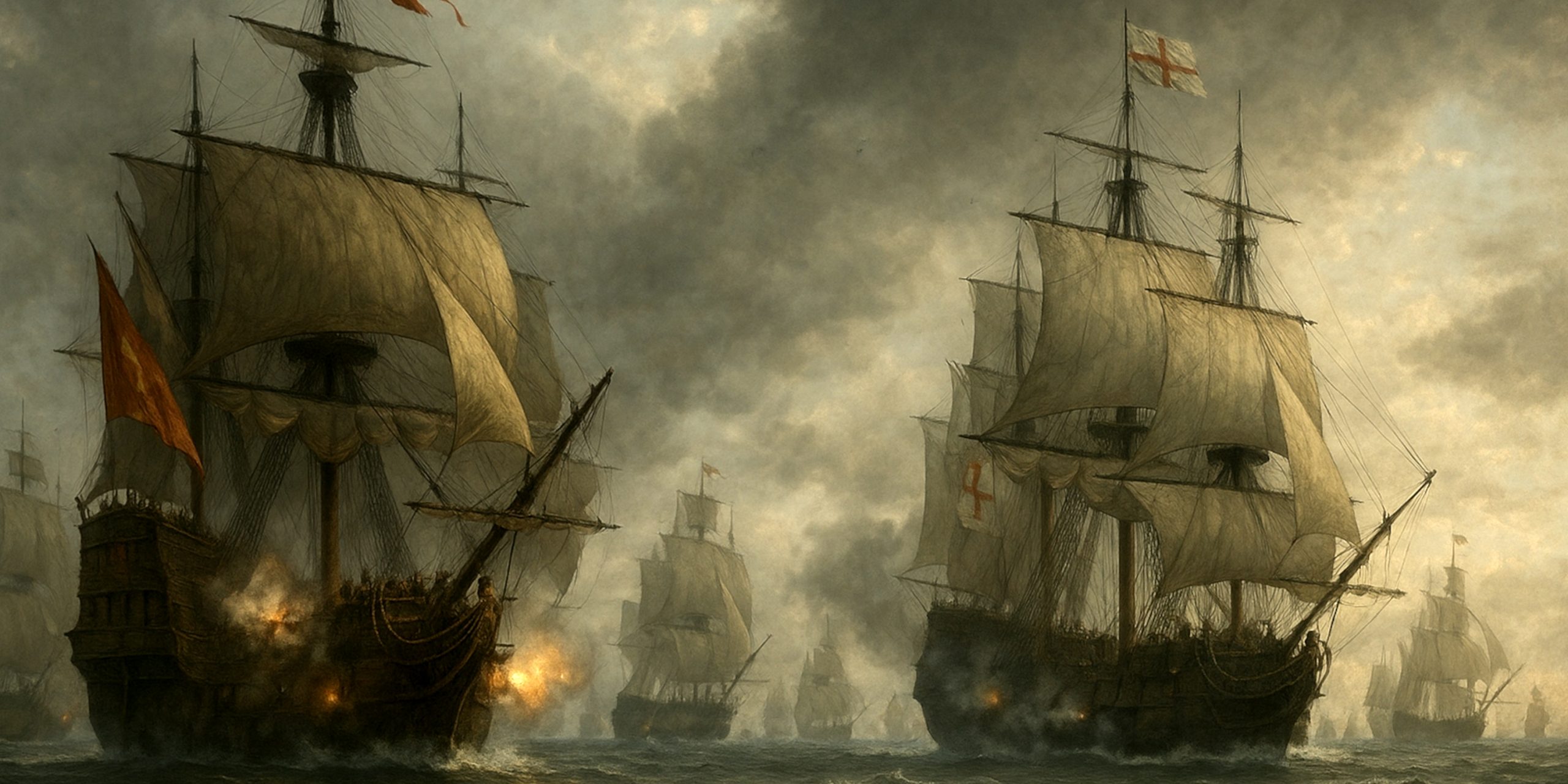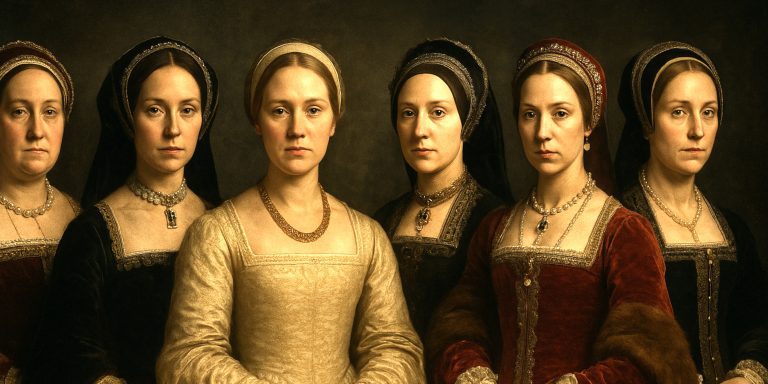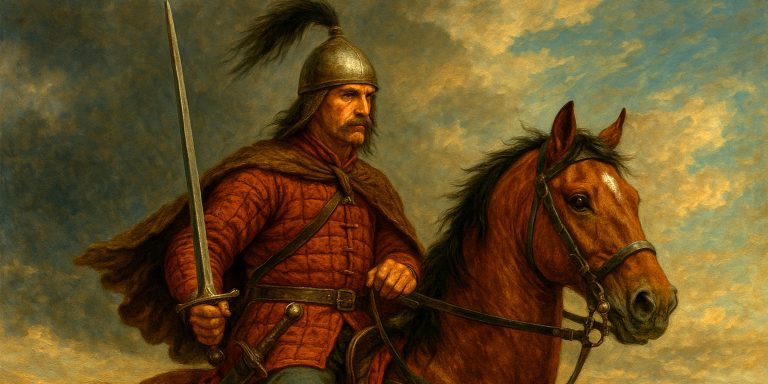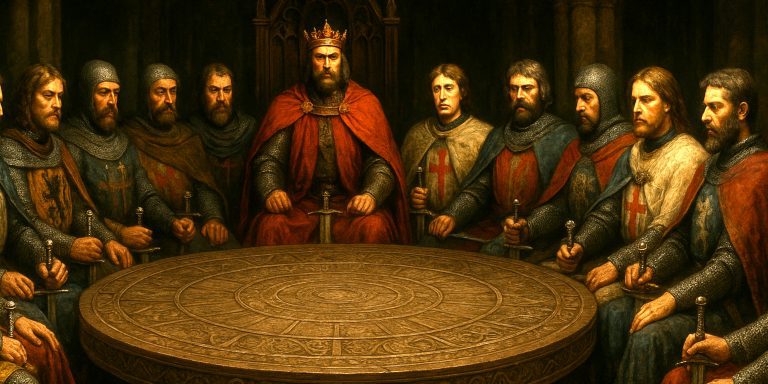
Few moments in European history carry the same weight of destiny as the summer of 1588, when the Spanish Armada set sail to crush Protestant England. What unfolded was a campaign of faith, empire, and weather, where strategy met divine chance and the winds of the North Sea altered the course of nations. To study the Armada is to see not just a battle of ships, but of belief and identity.
The Political and Religious Background
The roots of the conflict stretch deep into the heart of sixteenth-century Europe. King Philip II of Spain, ruler of the world’s most powerful Catholic empire, sought to depose Queen Elizabeth I, whom he viewed as a heretic and a political obstacle. The execution of Mary, Queen of Scots in 1587 provided a moral pretext. Spain aimed to restore Catholicism in England and secure dominance across the seas.
England, meanwhile, stood at a crossroads. Elizabeth’s rule had fostered privateering against Spanish treasure fleets and supported Protestant rebels in the Netherlands. The stage was set for confrontation, and both sides believed divine favour lay with them.
The Armada’s Grand Design
Philip II’s plan was ambitious. The Spanish Armada, a fleet of around 130 ships carrying nearly 30,000 men, would sail from Lisbon under the command of the Duke of Medina Sidonia. It would rendezvous in Flanders with the Duke of Parma’s army, then invade England through the Channel.
The ships themselves were vast, built for oceanic endurance and cargo rather than agile combat. England’s fleet, smaller but faster, relied on experienced sailors and innovative tactics developed by commanders like Sir Francis Drake, Lord Howard of Effingham, and Sir John Hawkins.
The Battle in the Channel
The Armada entered the English Channel in late July 1588, its crescent formation gliding with disciplined precision. Yet English harassment began almost immediately. Using long-range cannon fire and superior manoeuvrability, English ships kept their distance, inflicting steady damage without committing to close combat.
At Gravelines, off the coast of Flanders, the English launched fireships into the anchored Spanish formation. Panic and confusion broke the Armada’s order, forcing it into open battle. English gunners seized the advantage, hammering the fleet in one of the most decisive naval clashes of the century.
The Retreat and the Storm
The defeat at Gravelines ended Spain’s hopes of joining Parma’s forces. With supplies low and morale shattered, Medina Sidonia turned north, hoping to return home by rounding Scotland and Ireland. Nature completed what English shot had begun.
Ferocious storms scattered the fleet along the western coasts. Many ships wrecked on the jagged Irish shores; others limped home, half-crewed and broken. Of the original fleet, barely half returned to Spain.
Aftermath and Consequences
For Spain, the defeat was a blow but not a death knell. The empire remained vast and powerful, yet its aura of invincibility was gone. For England, it was a defining moment. The triumph was woven into national mythology, celebrated as a sign of divine favour and Elizabeth’s steady leadership.
The Armada’s failure marked the emergence of England as a true naval power. The lessons in ship design, gunnery, and strategy forged a maritime confidence that would shape centuries of imperial expansion.
Legacy and Interpretation
Historians still debate whether the Armada was lost through Spanish miscalculation, English innovation, or the merciless weather. In truth, it was a fusion of all three. The campaign reflected the limits of grand strategy in an age when faith and fortune ruled as strongly as kings.
For Elizabeth’s England, it was more than a victory. It was proof that courage and cunning could triumph over might. The storm that scattered Spain’s fleet became, in English memory, a “Protestant wind,” a divine breath that reshaped history.
The Seven Swords Takeaway
The Spanish Armada endures as one of history’s great turning points, not only for its drama at sea but for what it symbolised: the struggle between old and new worlds, empire and independence, faith and freedom. As a historian, one cannot help but admire the sheer scale of the vision on both sides, yet also the irony that weather, rather than human design, decided the outcome. The waves of 1588 carried more than ships; they carried the future of Europe.
Watch the documentary:



